With its multicultural mix, love of bright colour and healthy breeze, it’s no wonder that flags can be seen everywhere on Lanzarote.
The two most common flags on the island are the white, blue and yellow Canarian tricolour and the red-and-yellow Spanish flag.
Both have been the subject of controversy – a version of the Canarian flag with a circle of seven green stars representing the islands has long been adopted by supporters of Canarian separatism, while the Spanish republican movement uses a tricoloured version of the Spanish flag with a mauve stripe.
These flags are usually seen flying over public buildings, such as Ayuntamientos (Town Halls), along with the flag of the municipality in question. On Lanzarote, the local flags are as follows:
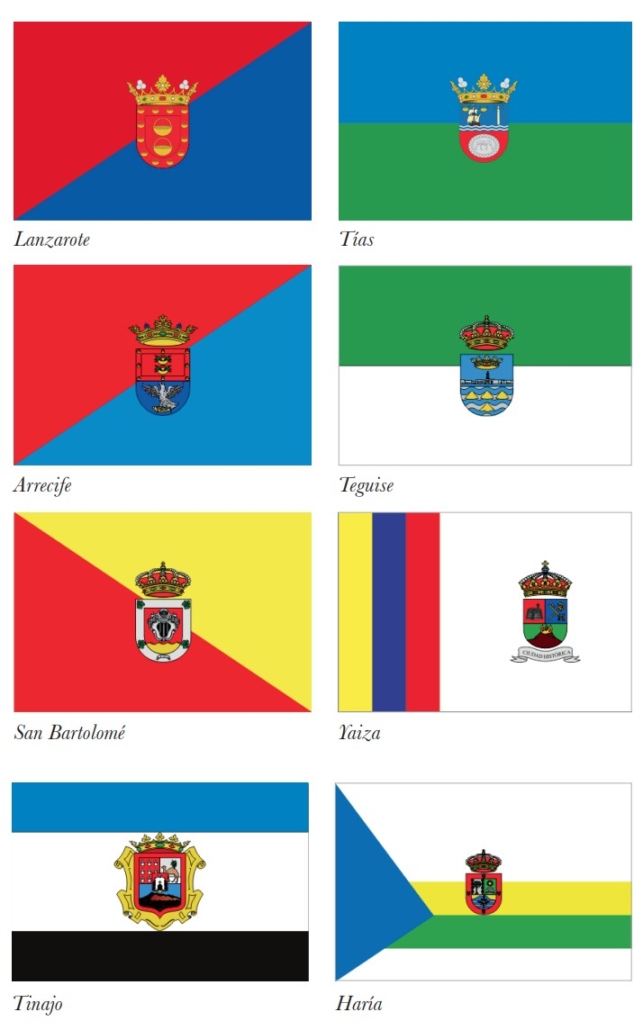
Also seen flying frequently on the island is the dark-blue E.U flag with its circle of 12 yellow stars.
Many hotels and tourist establishments will display the flags of the countries that tourists hail from, such as the UK, Germany, Italy or France, and last month, of course, the Irish tricolour took over Puerto del Carmen for St. Patrick’s Day.
The St. George flag will also be seen on and around the 23rd of this month in English bars, although this saint’s day is not as widely celebrated. Catalonians may also celebrate the legendary dragon slayer, but this is normally done by exchanging a rose and, more recently, a book.
Flags aren’t just used to signal local or national pride, however. On Lanzarote, they also help save lives. The island’s favourite beaches constantly display flags that advise bathers of the water conditions, green for OK, yellow for caution and red for stay out. Meanwhile the Blue Flag of excellence flies over six of the island’s favourite beaches.
MANRIQUE’S FLAGS
César Manrique also liked the clear design of flags, and his movement to a more abstract and geometric graphic style later in life saw him design his Flags of the Cosmos.
This project was commissioned to celebrate the opening of Observatory at Roque de los Muchachos in La Palma in 1985. For a day, these strange flags fluttered in the wind of one of the strangest landscapes in Spain, and examples are now flying above the Casa-Museo of Manrique in Haría.


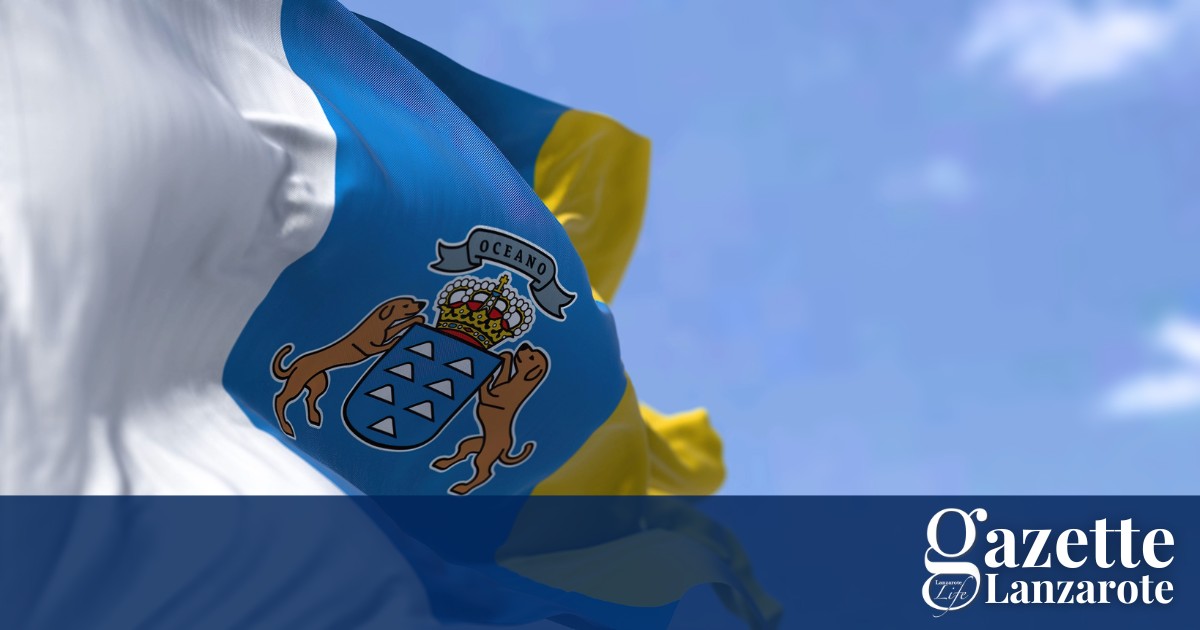

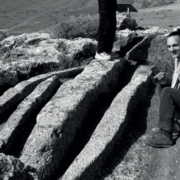


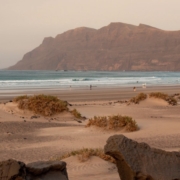
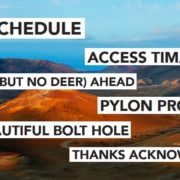


Leave a Reply
Want to join the discussion?Feel free to contribute!